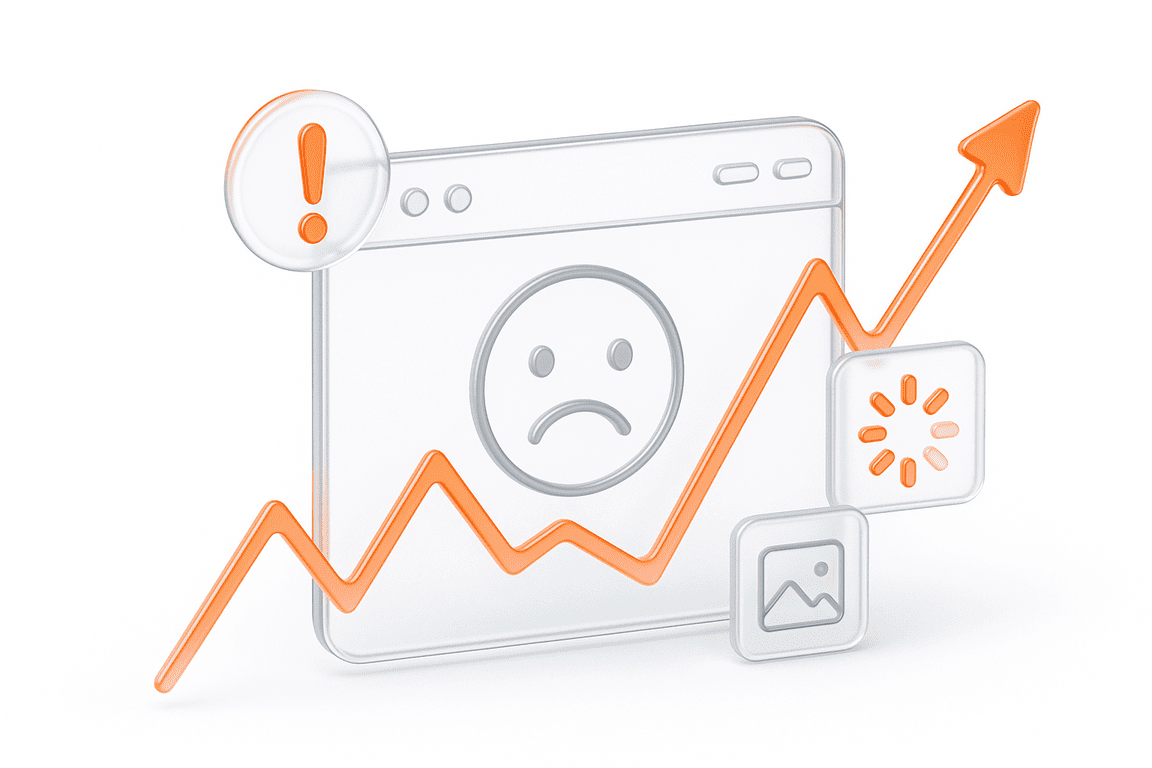In this post, we’ll discuss tools for IVR load testing. Our background in this field will help you choose the right tool.
Key Takeaways
JMeter and LoadRunner remain some of the most popular load testing tools worldwide. These are truly excellent tools, and most performance engineers use them.
When choosing load and performance testing tools, the main question is whether the tool supports all the required protocols. For standard protocols like HTTP, there is an enormous selection of tools, including robust cloud-based options that enable load generation from multiple global locations. Many enterprise teams find themselves comparing LoadRunner vs NeoLoad when evaluating comprehensive solutions. However, when it comes to less common protocols, the number of suitable tools narrows significantly. In such cases, LoadRunner often stands out as the de facto standard in the enterprise segment.
However, there are protocols that even LoadRunner does not support. For example, voice traffic must be emulated to load testing call centers’ IVR and IT systems. Neither LoadRunner nor JMeter has standard support for the appropriate protocols (SIP, etc. – Learn more about JMeter vs LoadRunner). Accordingly, when it comes to load testing IVR systems, performance engineers have to search for other solutions that are generally outside their areas of expertise.
Data Synergy, our Australian partner, has created an elegant solution to this problem. Data Synergy VOICE is a solution that can use the familiar tools LoadRunner and JMeter to create scripts that emulate the behavior of voice communications customers. Data Synergy VOICE is a LoadRunner plug-in and a connectable JMeter class. The list below shows the capabilities of Data Synergy VOICE in the LoadRunner VUGen environment.
When emulating phone calls, the following features are available:
Related Services:
PFLB also Provides Implementation Support Services for Load Testing Tools:
Related insights in blog articles
How Website Performance Impacts E-Commerce Sales and Cart Abandonment

Every e-commerce store has mere milliseconds to make the right impression on shoppers. When prospects land on a product page, they assess every single metric, and e-commerce website performance and speed are the most critical ones. In most scenarios, impatient users will bounce instantly — at the slightest hint of latency caused by high loads […]
10 Signs Your Website Can’t Handle Traffic Spikes: Everything you need to know

Your campaign goes live, clicks start pouring in, and traffic shoots up fast. It’s the moment you’ve been waiting for, until everything slows down. Pages take ages to load, checkout freezes, and visitors disappear before they can buy. It’s a frustrating twist: the success of your marketing draws in more people than your website can […]
Why Averages Lie: Mathematical Methods for Load Testing

Relying on “average” metrics alone makes load testing surprisingly inaccurate. In this article, we’ll show how to avoid the usual traps and walk through practical techniques for mathematically modelling a workload profile, from analyzing variance and correlations to spotting Simpson’s paradox and validating the final model. When a company moves to a new system, the […]
DevDays Europe Conference 2026 – Advance Your Software Development Expertise

DevDays Europe is the ultimate software development conference that aims to bring together the brightest minds and innovators in the software development community. Join the conference for an immersive experience filled with transformative insights, collaborative opportunities, and the latest cutting-edge technology. The DevDays Europe 2024 will be happening both on-site and online, allowing everyone to join the event in their preferred format.
Be the first one to know
We’ll send you a monthly e-mail with all the useful insights that we will have found and analyzed
People love to read
Explore the most popular articles we’ve written so far
- Top 10 Load Testing Tools for 2025: The Deep Dive Sep 9, 2025
- Cloud-based Testing: Key Benefits, Features & Types Dec 5, 2024
- Benefits of Performance Testing for Businesses Sep 4, 2024
- Android vs iOS App Performance Testing: What’s the Difference? Dec 9, 2022
- How to Save Money on Performance Testing? Dec 5, 2022